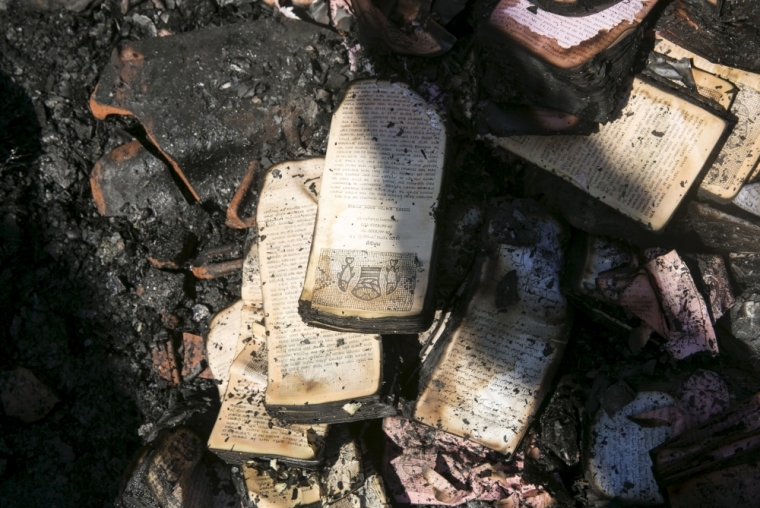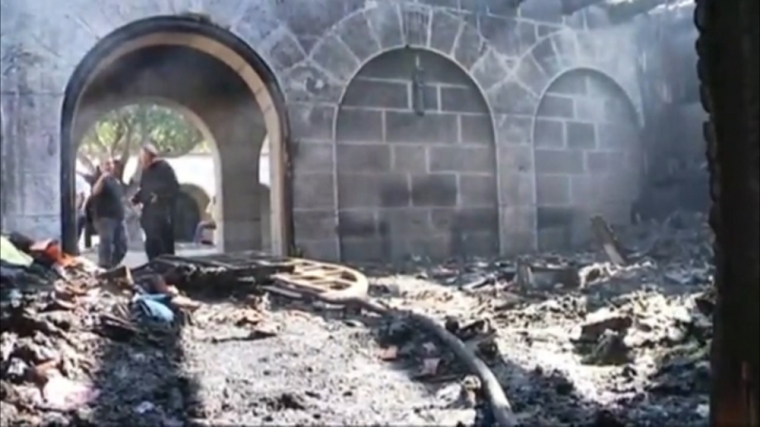Jesus Miracle Church Reopens 20 Months After Jewish Extremists Tried to Burn It Down
Nearly 20 months after Jewish extremists tried to burn down the Church of the Multiplication of the Loaves and Fishes in Tabgha on the Sea of Galilee, the site where Jesus Christ is believed to have fed the 5,000, the house of worship reopened on Sunday.
"We stand up for religious freedom because, as a people, we know very well what it means to suffer religious persecution," Israeli President Reuven Rivlin said in a statement, according to The Times of Israel.
"And we stand up for religious freedom because we are a democratic state — who believe in the rights for everyone to worship God according to their belief."
The restoration for the church, which was vandalized in a June 2015 fire, and cost almost $1 million to renovate, was honored by an interfaith meeting with Christian dignitaries.
"The last time I was here, we stood together and looked at the burned walls and the terrible graffiti," Rivlin added. "Today, I visit here again, and see the renewal of this historic, special, and holy place. I want to thank all the people who worked hard to restore this place, and to say clearly that hate cannot win."
Three Jewish extremists were indicted in the crime but have not yet been sentenced, according BBC News.
Israeli police said back in June 2015 that the attack was an act of religious and racial hatred. The Shin Bet security agency revealed that the men responsible follow an "extremist Jewish ideology" that believes "only someone who fights Christianity can call himself a Jew."
The arson stirred widespread condemnation in Israel, and also solidarity protests by non-Christian Israelis.
"This outrageous arson attack against the church is an attack on all of us," Israeli Prime Minister Netanyahu said at the time.
Matthew Gould, the British ambassador to Israel, further added that the arson was "a disgusting act of disrespect at one of Christianity's holiest sites."
The arsonists apparently filled up bottles with gasoline from a gas station in West Jerusalem on the night of June 17 before driving to the church where they poured gasoline on the doors and walls and lit the fuel.
They apparently spread gasoline on the door of the monks' living quarters, and poured a trail of gasoline to a yard outside, where they lit the fuel as well. The extremists also sprayed graffiti on the church walls, labeling it as a place of idol worship.
The fire caused serious damage to the bookshop and other buildings in the church complex, but it did not destroy the fifth century mosaic floors, which are its key archaeological feature.


































